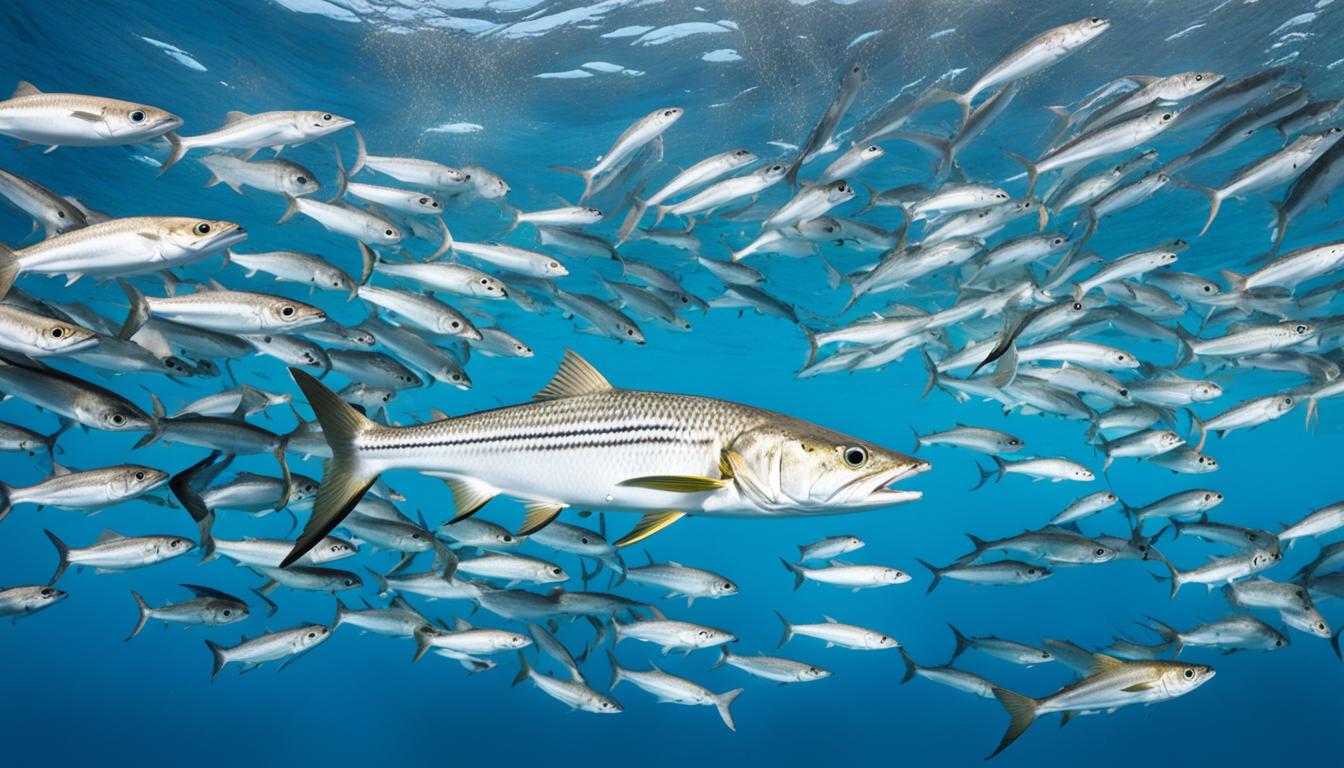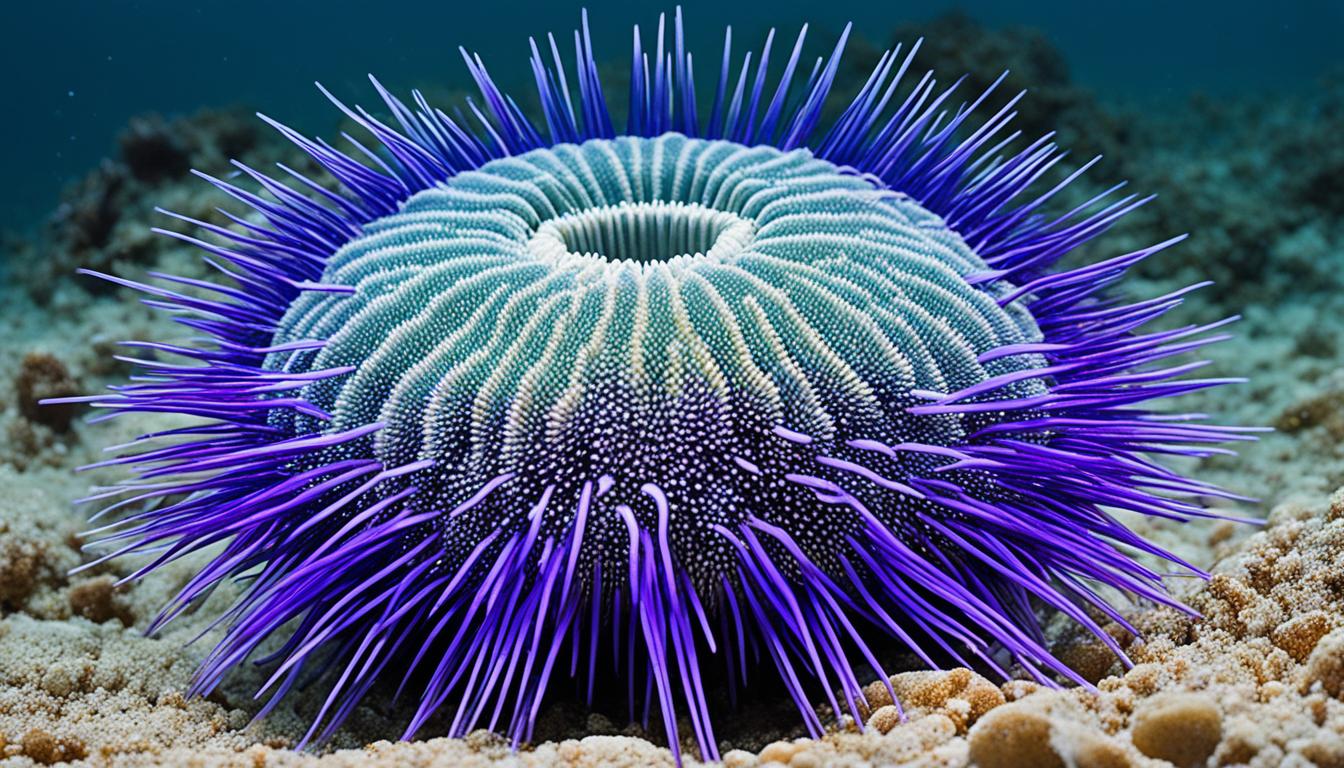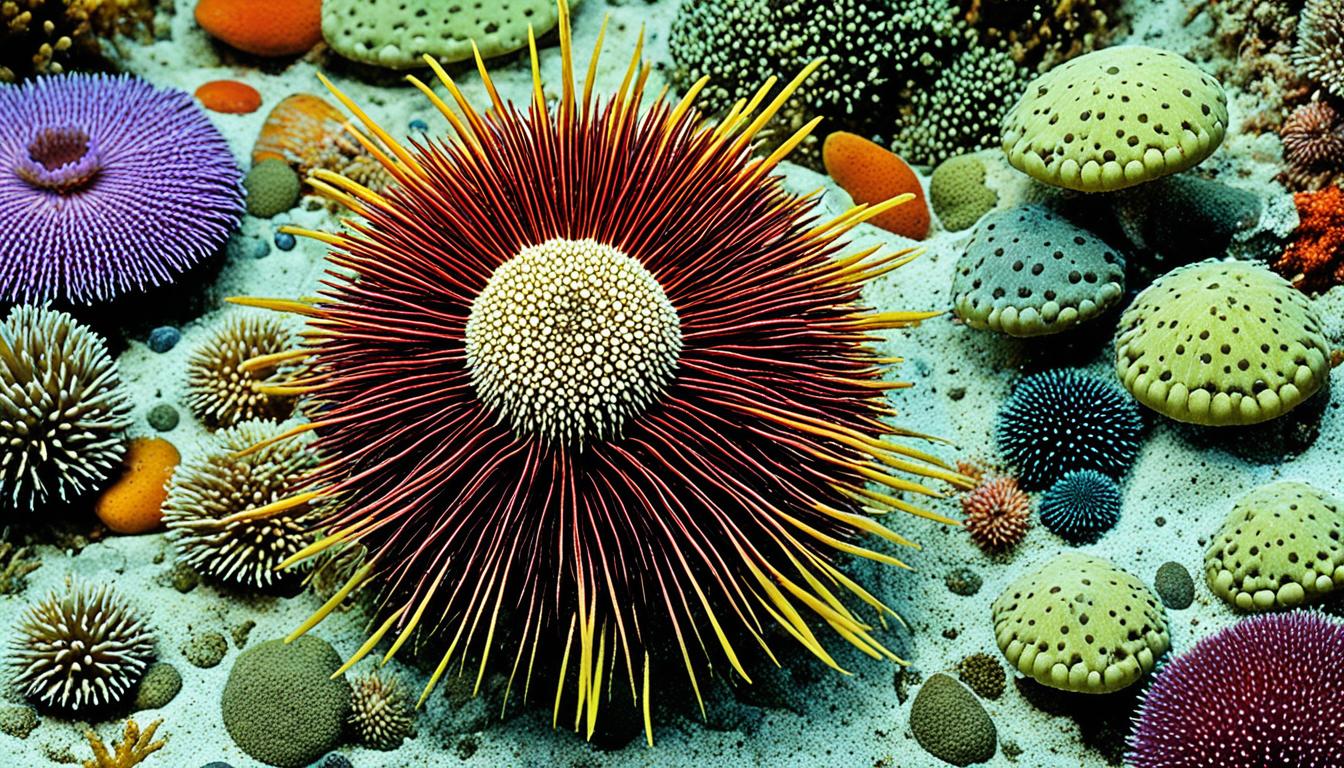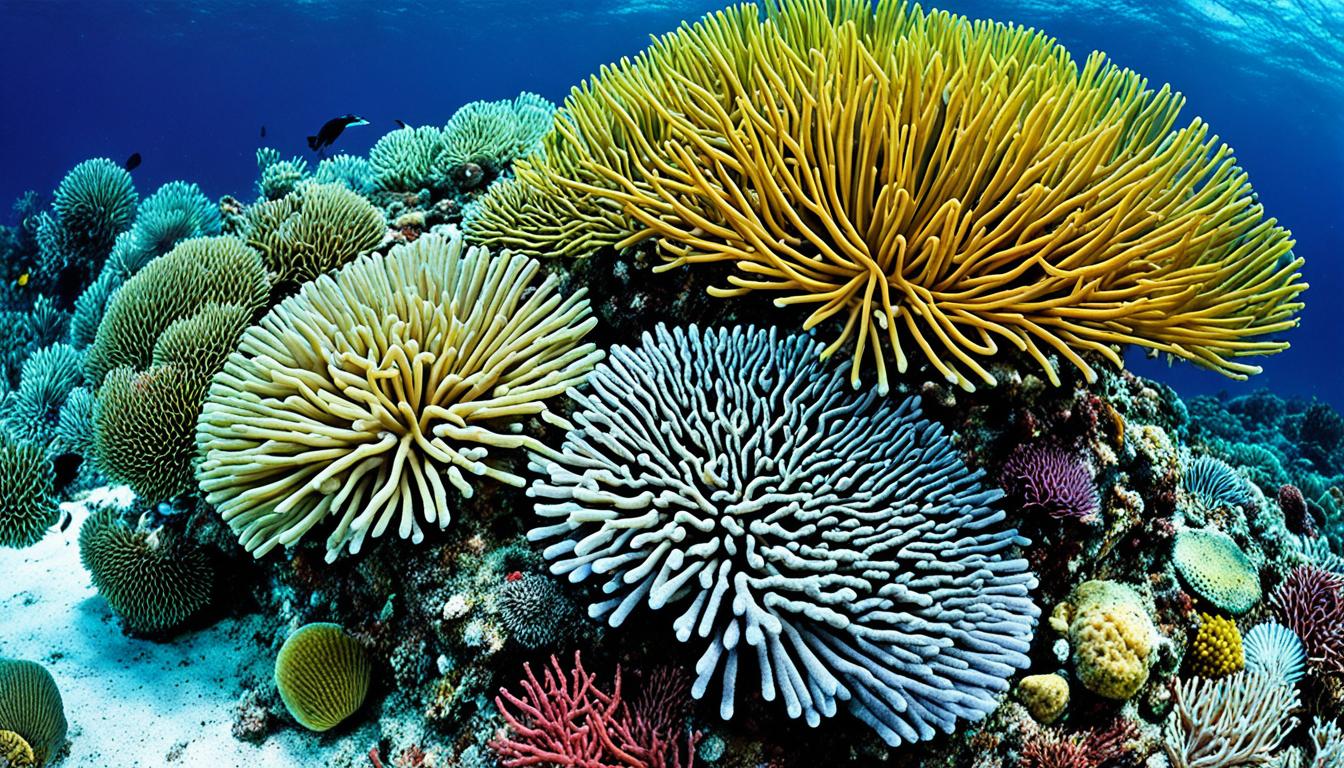Barracudas are part of the Sphyraenidae family and live in warm waters around the globe. They have sleek bodies made for fast swimming. This shape affects how they act and interact with other sea creatures. You might ask, how do barracudas get along with other fish? Let’s dive into their behavior to see they hunt in groups as young ones but alone as adults, using their sharp vision to catch prey. Understanding their ways helps us see their importance in the ocean.
The Unique Behavior of Barracudas
Barracudas are known for their amazing hunting skills. They have behaviors that help them catch their prey. These behaviors show how they fit into the ocean’s food chain.
Predatory Habits and Instincts
Barracudas have strong instincts that help them survive. They are great at ambushing their prey. They wait and then attack at high speeds.
They can go up to 40 km/h fast. Their sharp eyes help them spot food from far away. Young barracudas hunt together, which helps them catch more food. As they get older, they hunt alone, using stealth and precision.
Camouflage Techniques in Hunting
Camouflage is key for barracudas when hunting. Their bodies match the ocean, helping them sneak up on prey. This makes them one of the top predators in their area.
By blending in, barracudas catch more prey. This shows how their behavior helps them survive in the wild.
How do barracudas interact with other fish?
Barracudas show interesting behaviors that shape their social life in the ocean. Knowing how they interact with other fish deepens our understanding of these predators. They have different ways of interacting, from being social to showing aggression.
Social Interactions Among Different Species
Barracudas often hunt together, even though they usually prefer to be alone. Joining forces with others helps them catch smaller fish more successfully. This teamwork shows a side of their social life that’s quite impressive.
During these hunts, they work together with skill and speed. This makes them very effective hunters.
Aggression and Territorial Behavior
Barracudas can be very aggressive, especially when protecting their territory or during mating. This aggression is key to their survival. Their sharp teeth and fast swimming keep predators away and help them stand out in the ocean.
Understanding their aggression helps us see how they control their space and affect other sea creatures. They sometimes fight over territory with smaller fish, showing the complex social dynamics at play.
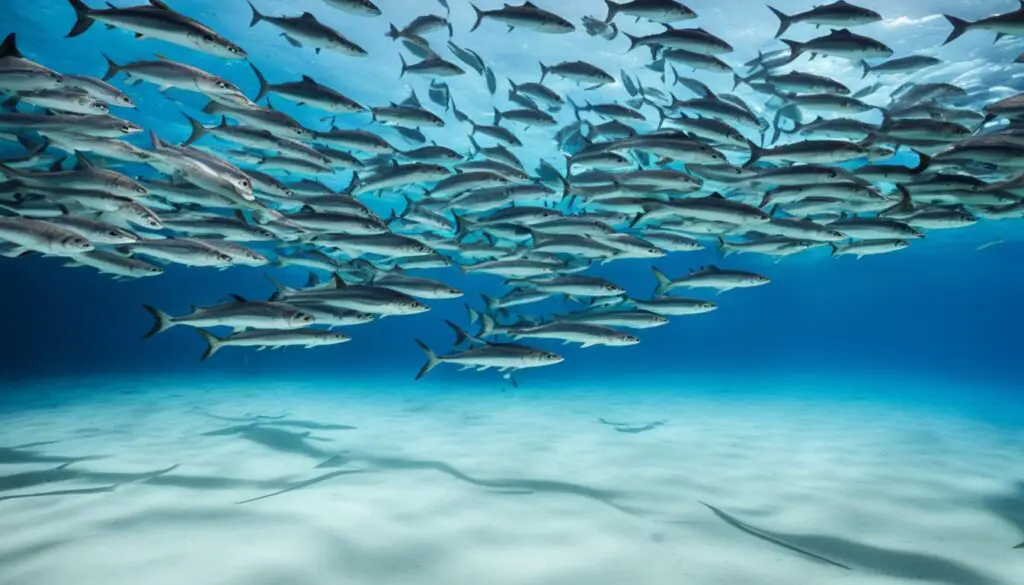
Barracudas’ Hunting Techniques
Barracudas are known for their amazing hunting skills. They use both group hunting and speed to catch their prey. They work together and hunt with strategy, showing how important they are in the ocean.
Group Hunting Strategies
Barracudas are great at hunting together. Young ones often join forces to trap smaller fish. This way, they block the fish’s escape paths. Working together, they catch more food quickly.
Speed and Agility in Predation
Barracudas are super fast and agile hunters. They can go over 30 m/s fast, catching prey off guard. Their bodies are built for speed, making them top predators in the sea.
Barracudas in the Marine Ecosystem
Barracudas play a key role in the ocean’s health. They are top predators, which affects the balance of marine life. This section will look at how they control prey populations and shape the ocean’s diversity.
Role as Apex Predators
Barracudas are at the top of the food chain. They keep the number of smaller fish in check. This balance prevents any one species from taking over, keeping the ocean diverse.
Their presence in different places shows a strong and healthy ocean.
Impact on Prey Populations
Barracudas have a big effect on the animals they hunt. Their hunting makes sure only the strongest survive. This helps keep the barracuda population healthy and supports a balanced ocean.
Changes in barracuda numbers can affect many other sea creatures. This shows how important they are to the ocean’s health.
| Aspect | Description |
|---|---|
| Apex Predator Role | Regulates populations of smaller fish species |
| Biodiversity Impact | Promotes species diversity by preventing overpopulation |
| Ecological Indicators | Presence signifies a balanced ecosystem |
| Ripple Effects | Population changes can affect various marine species’ survival |
Feeding Habits of Barracudas
Barracudas have interesting feeding habits shaped by their marine homes. They are skilled hunters that prefer to eat small fish and squids. But, they can also eat bigger fish like groupers and trevally if they get the chance. Knowing how they eat helps us understand their place in the ocean.
Prey Preferences
Barracudas change what they eat based on where they live and who else is around. Adults like to hunt near reefs and mangroves where there’s lots of food. Young ones prefer grassy areas for safety. This shows how they adjust their diet to survive and thrive.
Influence of Environment on Diet
The environment greatly affects what barracudas eat. They eat what they can find, and what’s available changes their diet. Also, eating certain fish can make them have toxins, like ciguatoxins. Learning about this helps us see how important they are to the ocean’s balance.

